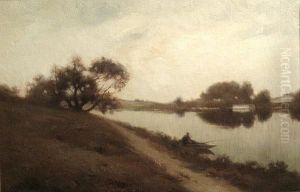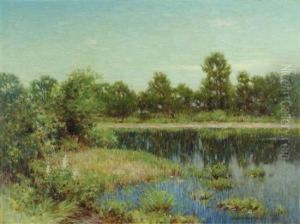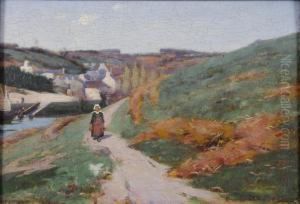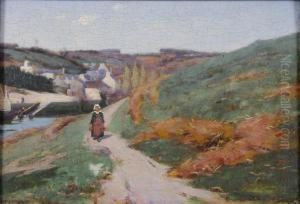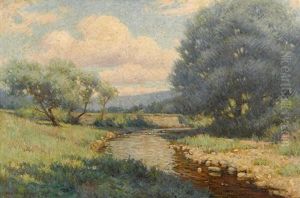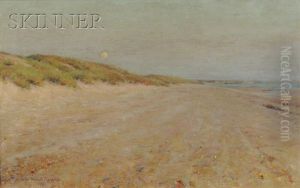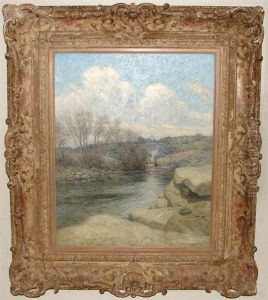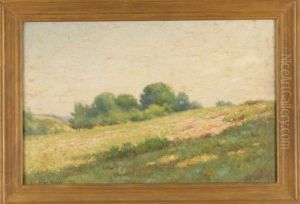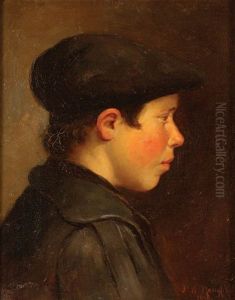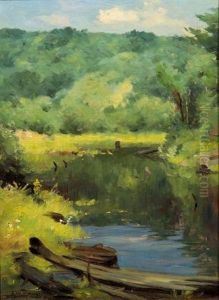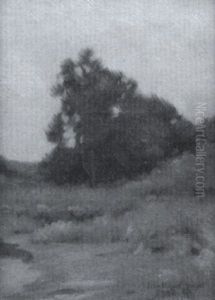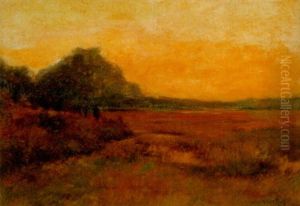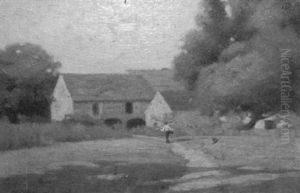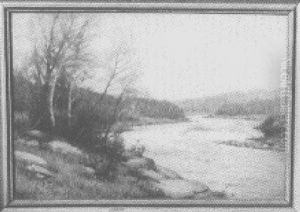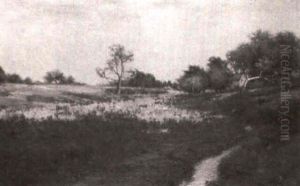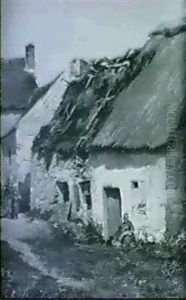John Willard Raught Paintings
John Willard Raught was an American painter, born in Dunmore, Pennsylvania, in 1857. He is best known for his landscape paintings, which often depicted the northeastern Pennsylvania region, including the Pocono Mountains and areas around Scranton, where he was born and raised. Raught's work is characterized by its detailed realism and often captures the serene beauty of rural America during the turn of the 20th century.
Raught's interest in art began at a young age, and he pursued his passion through formal education, studying at the National Academy of Design in New York City and later in Paris under the tutelage of notable artists such as Adolphe William Bouguereau and Tony Robert-Fleury. His time in Europe was influential, exposing him to the French Barbizon school, which emphasized painting landscapes en plein air (outdoors). This experience would have a lasting impact on Raught's artistic style, which combined the traditional European approach to landscape painting with his unique American perspective.
Upon returning to the United States, Raught established himself as a prominent figure in the art scene of northeastern Pennsylvania. He became a key member of the local arts community, contributing to the cultural life of the region through exhibitions and teaching. Despite his connections to larger art centers like New York City, Raught chose to remain in Scranton for most of his career, drawing inspiration from the local landscape and its people.
Throughout his career, Raught received recognition for his work, including awards and honors from various art institutions. His paintings were featured in numerous exhibitions across the country, and today, they can be found in several museum collections, testifying to his enduring legacy as a significant American landscape artist.
John Willard Raught passed away in 1931, leaving behind a body of work that continues to be celebrated for its contribution to American art, particularly in the realm of landscape painting. His dedication to capturing the beauty of the American Northeast has made him a beloved figure in his home region and an important artist in the broader narrative of American art history.
